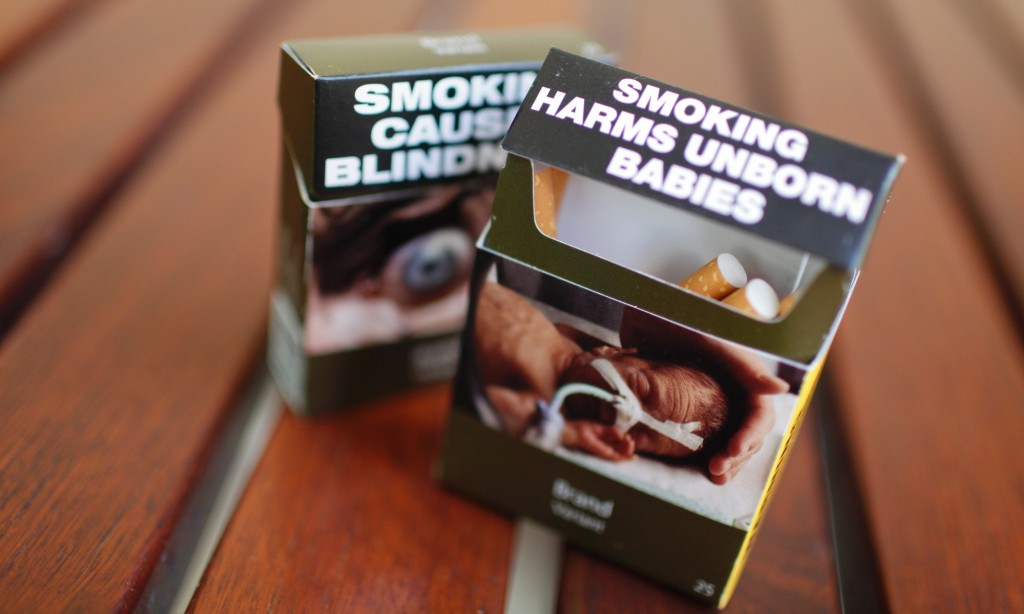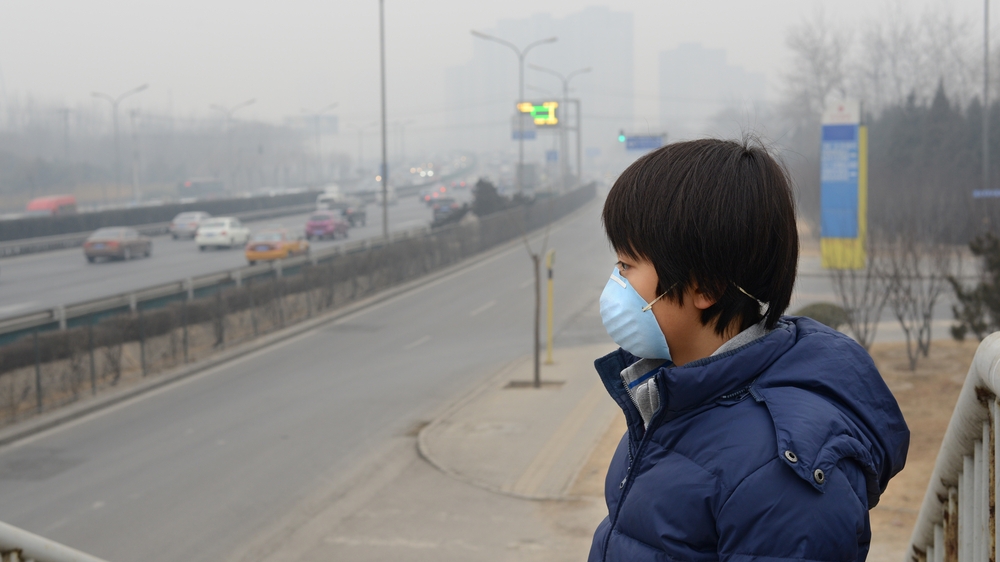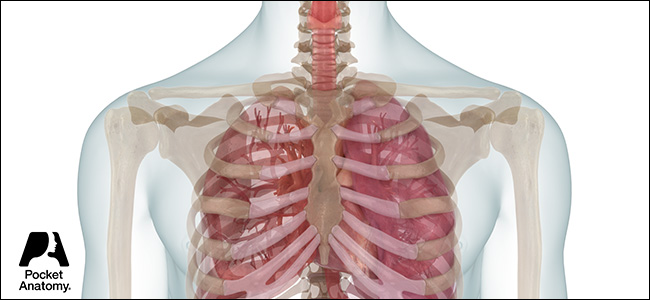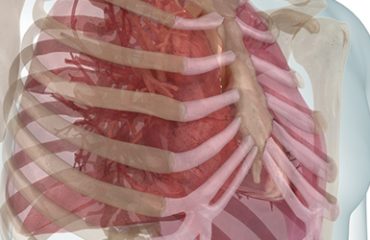May is the month that draws attention to these potential hazards and how they affect our health: May 31 is the World Health Organization’s No Tobacco Day, celebrated globally every year since 1987. In addition, the U.S. has observed Clean Air Month in May since 1994, before which it had been celebrated by the American Lung Association as Clean Air week (since 1972).
Video Credit: “Smoking Stinks” – Research carried out by Dr. Robbin Cohen, Medical Director for the thoracic oncology program at the Huntington Memorial Hospital.
Tobacco Use: WHO’s No Tobacco Day
The WHO’s No Tobacco Day features special programs and campaigns aimed at alerting the population of the world to the dangers of tobacco use. Special attention is being placed on the risk to teens who are experimenting with tobacco products for the first time. By definition, tobacco use includes smoking cigarettes, cigars, hookahs, and “vapes” (e-cigarettes); using “chew” (smokeless tobacco); and being exposed to secondhand smoke. Each of these avenues of exposure poses a different health risk.
Scope of the problem: Tobacco
Worldwide, tobacco products lead to over 6 million deaths each year, and it is estimated that by 2030, the annual rate will rise to 8 million. In the U.S. alone, more than 16 million people are living with health conditions related to the use of tobacco products, including cancer, cardiovascular disease, and chronic obstructive pulmonary disease ( chronic bronchitis and emphysema).
And tobacco is unlike any other product on the market: the only legal consumer product that kills when used as intended by the manufacturer.
The use of or exposure to tobacco products is the leading cause of preventable disease worldwide. Globally, tobacco use killed 100 million people in the 20th century, much more than all deaths in World Wars I and II combined. Tobacco-related deaths will number around 1 billion in the 21st century if current smoking patterns continue. Several Asian and African countries are now in the group of countries in which 25% of male deaths are related to smoking.
Secondhand smoke is that which is produced by someone else using a tobacco product and affecting the nonsmoker. There is no safe level of exposure to secondhand smoke, and often the most innocent (babies and children) are the recipients of the toxic chemicals in the smoke.
- In adults, secondhand smoke causes serious cardiovascular and respiratory diseases, including coronary heart disease and lung cancer.
- In infants, it causes sudden death.
- In pregnant women, it causes low-birthweight infants.
- Almost half of children regularly breathe air polluted by tobacco smoke in public places.
- Secondhand smoke causes more than 600,000 premature deaths per year globally.
- In 2004, children accounted for 28% of the deaths attributable to secondhand smoke.
And new research has shown that there can even be “third-hand” smoke, caused by the residual toxic chemicals on surfaces, including the carpets, furniture, and clothes of smokers, long after the tobacco product has been extinguished. It’s that “smell” you experience when you walk into the home of a smoker or share an elevator with a smoker. The toxins of tobacco can remain on textured surfaces for weeks or months, and are almost impossible to eradicate. One of the critical aspects of third-hand smoke may be that it is in areas where children walk, crawl, and chew—on the carpet and in direct contact with the fabrics of furniture.
Smoke-free Laws
Every person should be able to breathe tobacco-smoke-free air. Smoke-free laws have several ramifications: they protect the health of nonsmokers; do not harm business (although many restaurant-, bar-, and pub-owners would disagree); and encourage smokers to quit. Indeed, over 1.3 billion people, or 18% of the world’s population, are protected by comprehensive national smoke-free laws. Most smoke-free laws were designed to protect workers in their workplace. Often owners of bars and restaurants fear lost business, but all evidence suggests this is simply not the case. In fact smoke-free laws are among the most popular actions.
Reducing the Appeal of Smoking: One Country’s Experience
(Case Study: Australia) Since December 2012, all tobacco products in Australia must be sold in standardized drab, dark brown packaging with large graphic health warnings. There are no tobacco industry logos, brand imagery, colors, or promotional text. Brand and product names are printed in the same small font below hard-hitting warnings depicting the health consequences of smoking.
This pioneering measure on tobacco plain packaging was actively supported by the WHO and is being watched closely by other countries. Recently, the European Court of Justice ruled in favor of plain packaging directive for cigarettes, “striking a significant blow against tobacco companies” and the British House of Commons has voted to adopt similar legislation.

Photo Credit: Australia’s plain packaging, by Lukas Coch/AAP via the Guardian.
But does plain packaging really make using tobacco less attractive? The full effects of the plain packaging measure will be seen over the long term. However, tobacco control experts in Australia are quite enthusiastic about early anecdotal indications that plain packaging may be having an effect.”
Scope of the Problem: Clean Air
Although tobacco smoke is one of the leading causes of toxic air, there are other sources of pollution that contribute to this global burden of disease, disability, and death. Environmental pollution is one of the biggest global killers, comparable to global diseases such as malaria and HIV, affecting over 100 million people.
Indoor air pollution is generated from two main sources: the smoking of tobacco products and the use of solid biofuels in cooking and heating; while outdoor sources include the inefficient combustion of fuels for transportation and power generation. Urban/outdoor air pollution is estimated to cause over 1 million deaths globally every year. More than half of the world’s population—three billion people—cook their food indoors using open fires or rudimentary stoves. Indoor burning of solid fuels releases toxic pollutants including particulate matter and carbon monoxide. These harmful cooking practices cause an estimated 1.9 million premature deaths annually.
As the household members most likely to cook family meals, women and children are most affected. The reliance on biomass fuels in developing nations has put considerable pressure not just on the safety of families, but on the environment as well, increasing both deforestation and greenhouse gas emissions. The use of solid fuels in open fires and traditional stoves for cooking is one of the world’s most pressing health and climate issues, directly affecting close to half the world’s population and leading to more than 4 million premature deaths each year. The global community cannot reach its goals of eradicating poverty and addressing climate change without addressing the way millions of people cook.
Other sources of environmental pollution include: acid rain, ozone, lead, sulfur dioxide, particulate soot, and carbon monoxide. National Geographic provides some interesting comments on environmental air pollution, how it’s affecting us, and what’s at stake.

Photo Credit: Shutterstock via WorlBank.org
Quote from Industry Expert
The theme for World No Tobacco Day 2016 is demand reduction with a focus on plain packaging. By replacing industry packaging with graphic pictures and warnings the appeal and power of the cigarette pack is diminished and interest in quitting smoking is enhanced. Plain packaging is one tool that is being used by public health to make an impact on tobacco use. It represents the on-going struggle to support smokers and tobacco users while fighting the tobacco industry. This effort is global and it has the support of the first ever, international public health treaty, The WHO Framework Convention on Tobacco Control (WHO FCTC). A key component of the WHO FCTC is MPOWER, a set of science-based actions that each country around the world should implement. They include Monitoring tobacco use, Passing smoke-free laws, Offering cessation help, Warning about the dangers of tobacco, Enforcing bans on tobacco advertising, and Raising taxes on tobacco products. We know from experience that the combination of these actions will persuade young people from beginning a life-long career of tobacco use and at the same time persuade current tobacco users to quit. If you know someone who is using tobacco, encourage them to cut down their use and to take advantage of the many quitting resources that are freely available.
Raymond Boyle, PhD, MPH
Director of Research Programs at ClearWay Minnesota,
Two Appletree Square, 8011 34th Avenue South, Suite 400
Minneapolis, MN 55425
Email: rboyle@clearwaymn.org

Other Sources of Information
The changing face of tobacco use among United States youth
Worldwide research productivity in the field of electronic cigarette: a bibliometric analysis
The Electronic Cigarette: The Good, the Bad, and the Ugly
E-cigarettes 101
Health effects of smokeless tobacco products
American Lung Association: Fighting for Air
7 million premature deaths annually linked to air pollution
Interested in taking our award-winning Pocket Anatomy for a test drive? 




